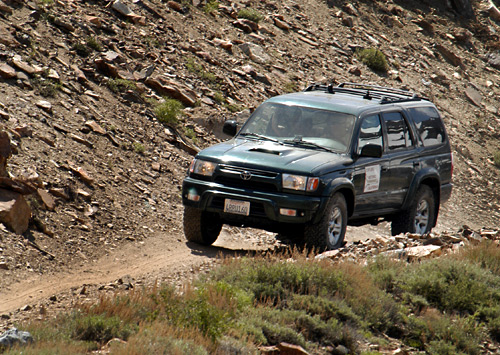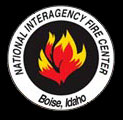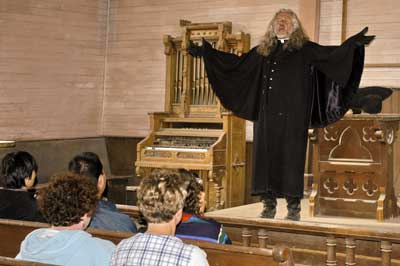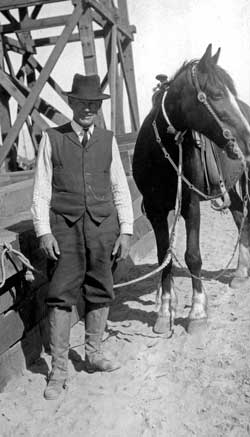|
|

|
Ministering to Tempests of Lust And Passion by Cecile Page Vargo
|
|||||||||||||||||||||||||||||||||||||||||||||||||||||||||||||
Fertile lands and yet to be discovered mineral wealth drew the pioneers to the Owens Valley and the towering mountains that flanked it, often after failed attempts in the Gold Country in the Western Sierra foothills. In the isolated desert and mountain mining camps, primarily masculine populations would set up a tent, build a wood cabin, or dig holes in mountainsides to set up some form of housekeeping and overnight accommodations.
The more enterprising man who refused to get his hands dirty soon cashed in on the real wealth to be had as he set up a crude bar consisting of two barrels and a slab of wood, providing liquid libation for parched throats. A deck of cards, a pair of dice, maybe a roulette or faro table, and a gambling hall was born for idle hands and minds. Behind bar and gambling hall a single wrought iron bed and mattress in a dinghy crib, complete with a couple of barely clad women, and the tired and lonely Argonaut, could quench all of his thirsts for the price of a hard earned nugget or coin. An assay office, a general store or two, hotel, boarding room, chop house or restaurant, several more saloons and full fledged dance halls and whore houses scattered about e and what more could one ask for?
A prosperous camp was soon to find itself on the brink of becoming down right civilized as a few men dared to bring wife and family and others soon found they needed more than the likes of painted women nicknamed "Mud Hen", "Horned Toad", or "Featherlegs" to provide companionship. Butcher shop, bakery, and haberdashery were destined to appear along often board walked streets for the wives and the children that would inevitably follow. Fraternal organizations and meeting hall were the next inexorable step towards citificatation, not to mention some form of law and order, and perhaps a newspaper to chronicle the good, the bad and the ugly for posterity sake. Sin and lawlessness seemed to be the order of the day, in spite of attempts to turn transient mining camps into full fledged municipalities. The mind and the soul of more than a few good citizens hankered for feeding. At the very least mothers would set up home schooling for "Readin', ‘Riting, and ‘Rithmetic" with hopes of a full fledged one room schoolhouse for variable aged children complete with unattached schoolmarm sometime in the future. Prayer meetings and Bible study groups would be held behind private doors to tide the faithful over between calls from ministers of various denominations who roamed from one populace to another preaching their particular brand of fire and brimstone, and holy sanctification. On October 3, 1867 Rev. Andrew Clark and his family arrived in Owensville, the site of present day Laws, near Bishop. As a licensed and ordained Baptist minister he was quick to saddle up his horse and travel from Bishop to Cerro Gordo on the south, and to Lida, Nevada, on the North. As he traveled several hundred miles, he carried the mail from community to community and spread the word of God. His services also included weddings, baptisms and funerals. His services were held in homes, until 1869 when Rev. Clark organized the First Church Society in California, east of the Sierra. The first charter members of this Baptist Convention began with seven Clark family members who held services in a school house. The thirst for religion was great, and by the second Sunday, Rev. Clark’s congregation had doubled to fourteen. In addition to preaching, Rev. Clark began purchasing property in and around Bishop. He gave some of his land away to form the Bishop School district, and for church property. After establishing his own Baptist Church he gave plots to the Methodist and Holiness churches as well, earning him the title “Founding Father of Bishop”.
During the early days in Owens Valley, Rev. Andrew Clark was joined by lay preachers the likes of J. Tamblyn who was also the superintendent of the Eclipse Mine, and S. W. Blasdell who was the teacher of the George Creek school. In 1866 or 1867 a schoolhouse was formed and Sunday school was started, with R.M. Shuey as superintendent. Shuey reported that Mr. Tamblyn “read a chapter from the Bible and talked about it so beautifully that even a small boy listened and remembered. Old time residents of Independence talk of circuit riders, “mostly Methodists,” who came on horseback, making their way to far-flung charges. When no minister was present, families such as the Blaneys of Independence, held Sunday school in the hotel they owned with the eldest sister presiding over informal services. In 1871 when the Methodist Episcopal Church sent Rev. E. H. Orne to Independence, the Blaneys and others like them, had a real preacher at least once in a great while. Orne’s parish consisted of areas from the mountain top of Cerro Gordo to Benton, as well as a few of the outlying mining camps. The circuit minister worked with self-sacrifice and devotion in the name of God,. Little was received for their efforts, except the satisfaction they were doing the Lord’s work as they were called to. Local farmers saw to it that the traveling minister and his steed were both well fed, while the money in the community was mostly reserved for saloon keepers. When the minister was ready to set up a more permanent shop, he would roll up his sleeves and work as hard as anyone whenever and wherever he could for lumber, canvas, nails, and whatever other building supplies he needed. With few ministers and churches covering such a large area, it was not uncommon for Christians of all faiths to gather in one place for worship. The Catholic population of Big Pine sent their children to Sunday school with the Protestants. The priest spent most of his time traveling from San Bernardino, through Death Valley to the Owens Valley and only had one or two days a year to allow to each community on his list. Mr. Louis Joseph, a well educated Jewish merchant, also of Big Pine, knew the Old Testament of the Bible inside and out, so taught Old Testament history and customs classes to the Methodist adults. Regardless of denomination, believers managed to set aside their differences at least one day a week, to praise the Lord together. The more isolated mining camps such as Cerro Gordo, relied totally on the circuit riders for their religious needs, but the booming town of Bodie, much further to the north, eventually collected enough funds for Catholic and Methodist churches and a Chinese Joss Temple to be built. By the late 1920’s, Bodie’s population dwindled down from a thriving 10,000 to a meager 30 or so. E. J. Clinton came to town in 1928 and re-worked the tailings at the Standard mine's dump. The Clinton-West Company brought in another 300-400 residents whose church needs were provided by Clinton and his wife. In addition to turning the old railroad office on the bluff into an indoor plumbed mansion for his wife and three children, Clinton completely renovated the Methodist church and took it upon himself to stand behind the pulpit each Sunday to do the sermon. In the twentieth century, as mining played out, the thriving towns once dubbed the tempests of lust and passion of the Eastern Sierras and Inyo Mountains, turned to ghosts with little need for the Holy Spirit. The ranching and farming communities in the Owens Valley thrived in comparison. Today, with tourism as the main industry, the modern traveler can pick and choose from an abundance of churches and faiths to celebrate and give thanks to the heavenly maker of their choice. Bibliography Thank you to Pastor Paige of Crescenta Valley United Methodist Church for renewing my interest in the churches old and new, and their history.
|
||||||||||||||||||||||||||||||||||||||||||||||||||||||||||||||
|
See You in Death Valley January 31-February 3, 2008 |
||||||||||||||||||||||||||||||||||||||||||||||||||||||||||||||
|
||||||||||||||||||||||||||||||||||||||||||||||||||||||||||||||











